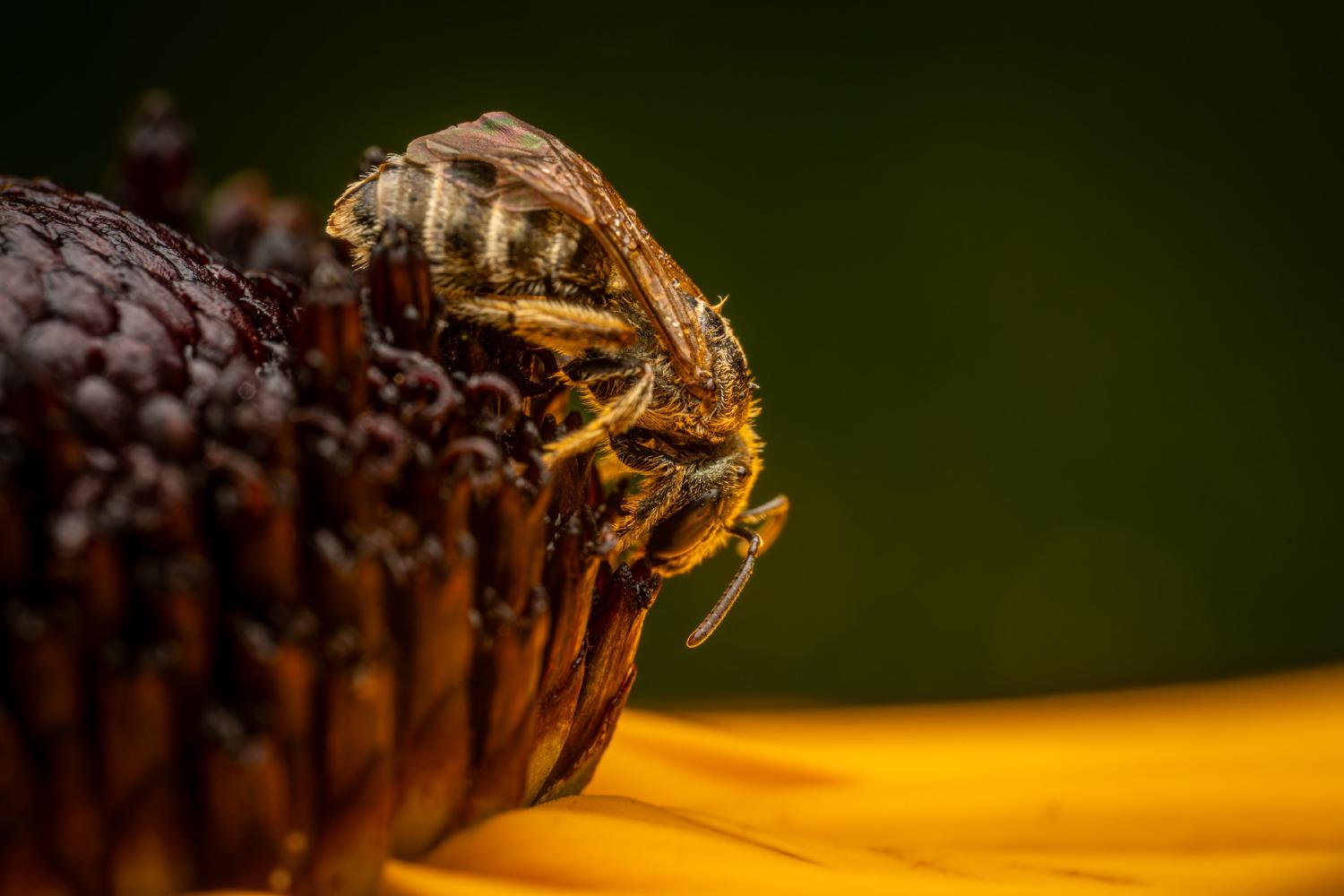Ants, Bees, and Stinging Wasps
Lat. “Aculeata“
infraorder
of suborder
“Narrow-waisted Wasps, Ants, and Bees“
1 infraorder, 1 epifamily, 4 families, 1 genus, 26 species
The term “Aculeata” has been used for a long time to classify a group of insects at the rank of infraorder or division. This group is considered monophyletic, meaning it consists of all the descendants of a single common ancestor. As a result, Aculeata is recognized as a taxon and can be classified at the infraorder or division rank, or as an unranked clade. For more information, relevant sources include the Tree of Life Web Project and Bugguide.net. Additionally, a study called “Phylogenomics resolves evolutionary relationships among ants, bees, and wasps” can be found on the NCBI website.
Hierarchy
Classification
The use of the name Aculeata has a long history at the rank of infraorder or division. The Aculeata are a monophyletic, or good natural group, containing all the descendants of a single common ancestor. The Aculeata are therefore maintained as a taxon, either at infraorder or division rank or as an unranked clade.
External links
Tree of Life Web Project: Aculeata [1] Bugguide.net: Aculeata Johnson, B. et al. Phylogenomics resolves evolutionary relationships among ants, bees, and wasps. NCBI
Ancestry Graph
Further Information
Copyright

This article uses material from the Wikipedia article Aculeata the free encyclopedia Wikipedia which is released under Creative Commons Attribution-ShareAlike 4.0 International License). On Wikipedia a list of authors is available.
